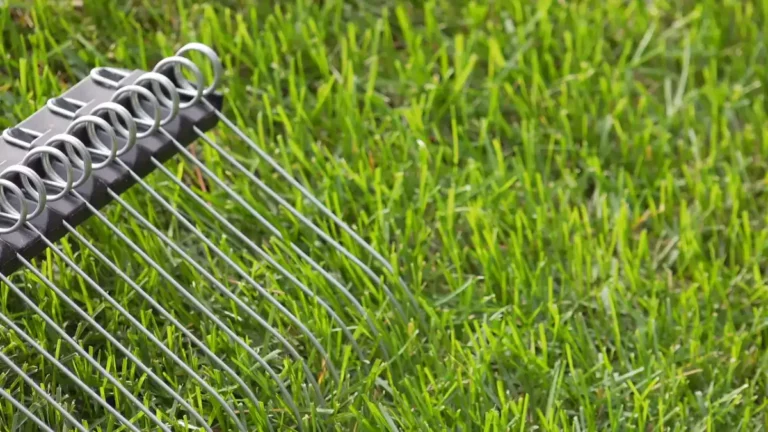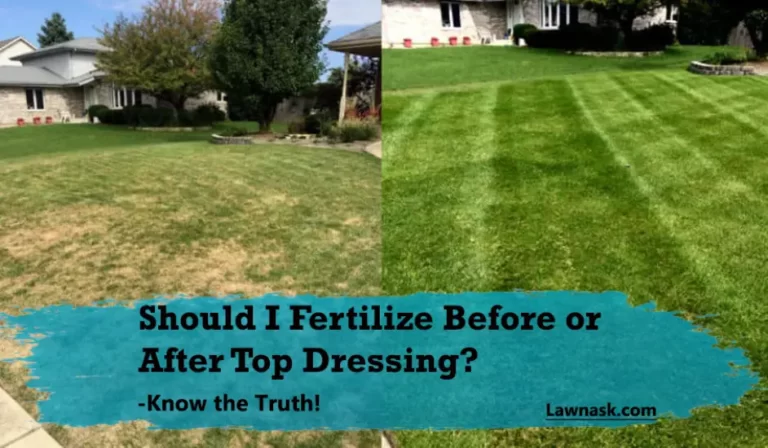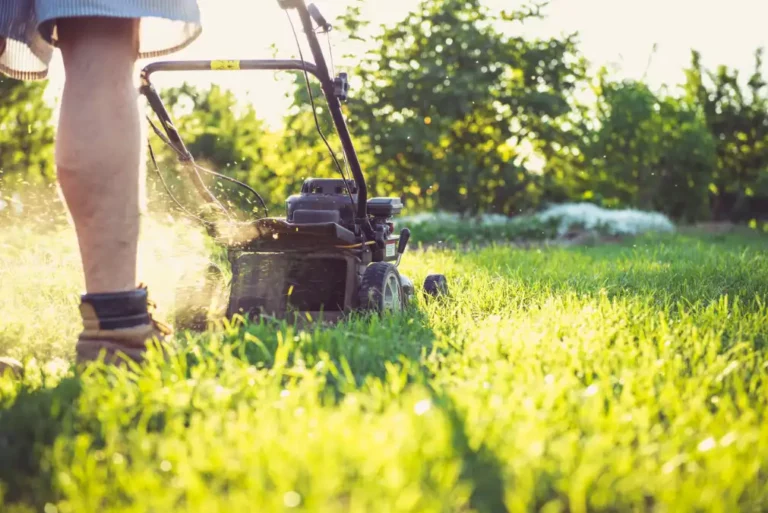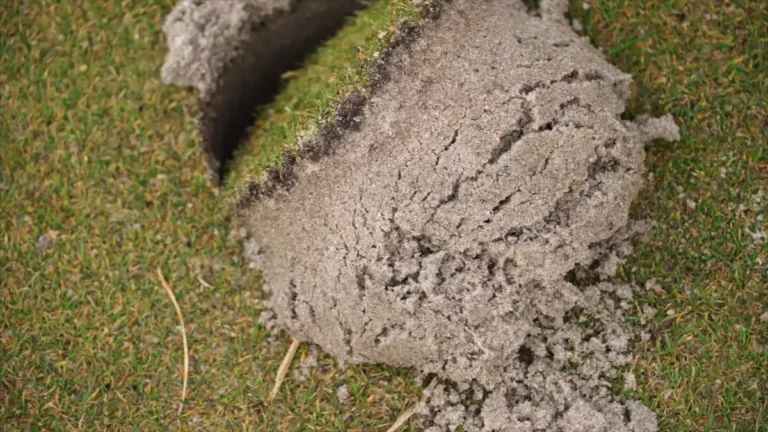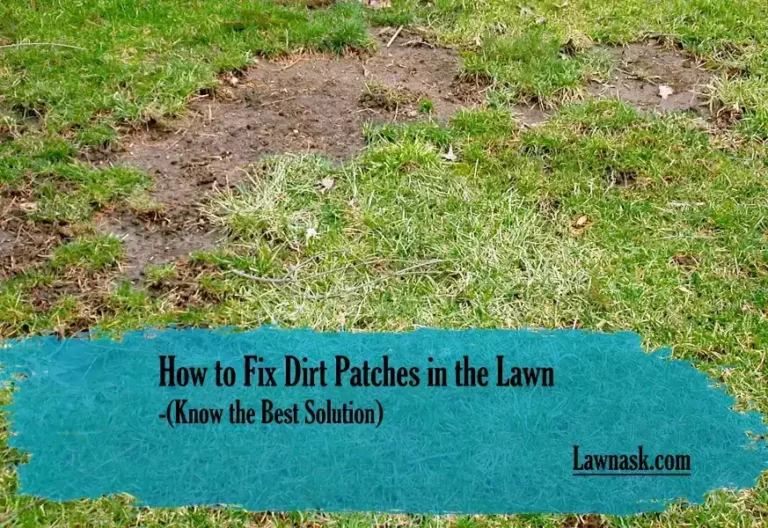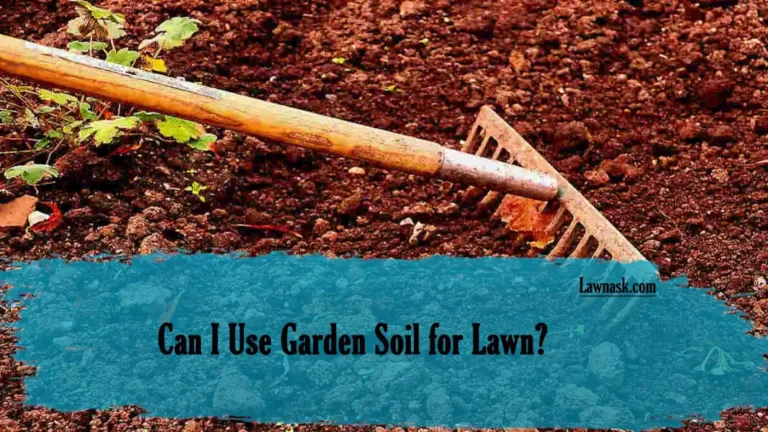How Often Should You Dethatch Your Lawn: Dethatching Explained!
Maintaining a lawn is already a very tiring endeavor. Many homeowners don’t feel the need to get rid of problems that aren’t on the surface.
Thatch build-up and excessive lawn thatch are hidden problems that a lot of homeowners tend to ignore. Many people wonder how often should you dethatch your lawn.
Well, the answer is simple. You should always look for signs of thatch buildup and clean it up so your lawn can take a breath of fresh air. Dethatch your lawn once a year for the best results.
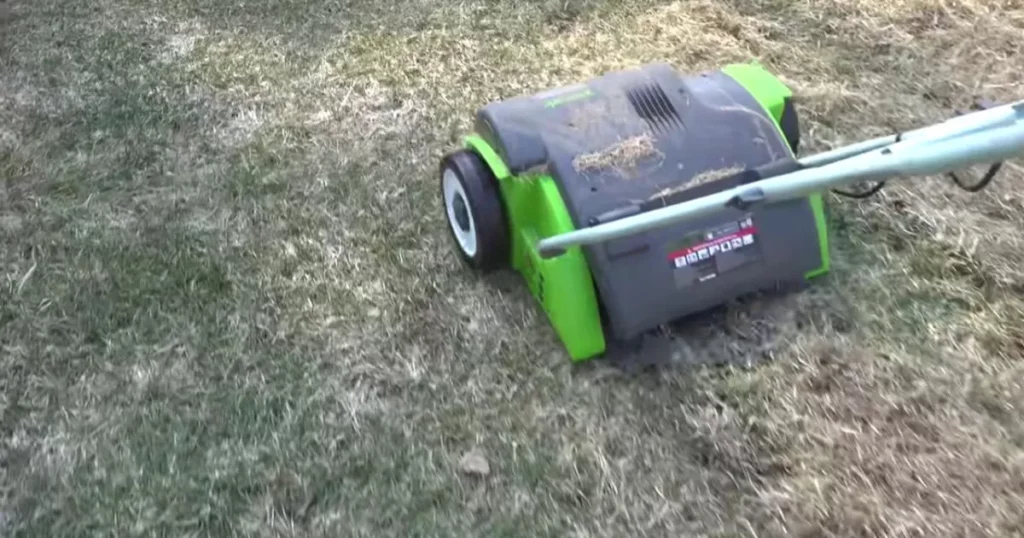
Why Dethatching a Lawn is Important?
Thatch is a layer of mostly organic matter above the soil surface. These include dead grass blades, clippings, crowns, and roots.
Soil microbes usually decompose all of these but if they can’t keep up with the buildup then the layer starts to get thick.
That’s when the solution comes down to dethatching your lawn. It has its pros and cons. But there’s no better way to reduce the thatch accumulation than dethatching.
There are a few good reasons to dethatch your lawn:
- Tidying up: Dethatching is a great procedure to clean up your lawn of excess debris accumulation. It tears up the soil and exposes all the rocks, dirt, and grass crowns that are stuck inside it.
- Nutrient circulation: Thatch traps nutrients and fertilizers that you apply. Dethatching allows them to go directly into the soil and the soil can effectively circulate these nutrients.
- Pest control: Thatch harbors pests and diseases that are detrimental to the health of your grass and the soil. Insects build their lair around thick thatch and destroy the soil structure.
- Grass resilience: Strong grass makes your lawn care easier. Dethatching can effectively improve grass resilience.
- Growth: When the grass takes deep root into the soil it grows better. A thin layer of thatch is essential for the roots to come into direct contact with the soil.
Signs of Thatch Buildup
Although hidden, there are telltale signs that your lawn is suffering from excess thatch buildup.
Here is how you can identify signs of thatch buildup:
Excessive Thatch in the Soil Layer
Thatch is a spongy layer above the surface. Take a walk around the lawn. Does it feel spongy? Then your lawn has a dense thatch layer.
To confirm you can perform a very simple soil inspection to check the thatch layer. Pick a spongy area and dig up a small hole using a shovel.
Examine the layers beneath the grass. The brownish layer between the soil and the grass is thatch.
You can measure the thickness and if it is more than half an inch then the layer is thicker than it is supposed to be. This is an excessive thatch in the soil layer.
Dead Grass Clippings on the Lawn Surface
While taking a walk do you see a lot of dried-out or dead grass blades or crowns?
These dead grass parts are supposed to decompose but the microbes in your lawn are unable to do it faster than it accumulates.
Large crowns or dead roots make it harder for the microbes to decompose. So they keep stacking up around the lawn.
Compacted Soil or Poor Growth of Grass Blades
Compacted soil can heavily reduce water drainage. The lawn needs to stay hydrated but not have puddles all over it.
These water puddles stress the grass out and create a damp atmosphere around the lawn.
Dethatching and aerating the lawn gives water access to the soil and a proper drainage way.
Root System Struggling to Reach the Soil
For proper growth, the roots of the grass need to penetrate the soil layer through the thatch layer.
If the thatch is too thick then the roots won’t be able to get the nutrients it needs. Penetrating the thatch layer will prove difficult for the grass.
How Often Should You Dethatch Your Lawn – The Ideal Time to Dethatch a Lawn
The ideal time to dethatch your lawn depends on what type or mix of grass you have in your lawn. You should dethatch your lawn if it needs dethatching only when the grass is actively growing or can grow.
Let’s see when to dethatch your lawn:
Late Spring or Early Summer for Cool-season Grasses
Cool-season grass is in its prime growth period when spring starts to leave. They can actively grow up until early summer.
So if you want to dethatch this is the perfect time to do so.
These are some common winter grasses:
- Kentucky Bluegrass
- Perennial Ryegrass
- Fine fescue
- Tall fescue.
Late Summer to Early Fall for Warm-season Grasses
On the flip side, for warm-season grass, it is best to dethatch in the late spring or just when fall comes. These grasses thrive during hot summer days.
Some examples of summer grass are:
- St. Augustine grass
- Centipede grass
- Bermuda grass
- Zoysia grass
How to Dethatch Lawn Properly? (Step-by-Step Guide)
The dethatching process is pretty straightforward. There are some preparation steps and post-dethatching care that you need to do.
Here is the process:
Mow the Lawn First
You must mow the lawn before dethatching. Set a lower blade height than what you usually use to mow the grass.
Also, clear out large pieces of debris. Spray water all over the lawn and wait for it to dry out.
Choose the Method: Machine or Manual
Choosing a method depends on your cost and if you are up to the labor of manual dethatching.
- Dethatching Rake: If you own a small lawn you can use a dethatching rake. It is a cost-effective option against the pricey power rakes or vertical mowers.
- Power Rakes: You can buy a power rake or vertical mower but for a once-a-year use it is not recommended. Instead, rent one from the local lawn tool shop for a lower price.
Dethatch in Rows
Stand on one corner of the lawn and start dethatching in a straight line. When you’re done move on to the next row.
Do a thorough sweep of the entire lawn. Lower the blade height and do another sweep for the best results.
Rake up the Thatch
Once you’re done with dethatching, you can use a leaf rake to gather the thatch that came out.
Use a polythene bag and remove the debris from your lawn. You can use that to make compost or just dispose of it.
Frequently Asked Questions (FAQs)
Can I dethatch in the spring?
You should not dethatch the lawn in the spring season. Your lawn is likely recovering from the winter injury and ripping up your turf will hamper the process.
How long does it take for grass to grow after dethatching?
About 3-4 weeks give or take.
Does mulching increase thatch buildup?
If you already have an existing thatch problem it’s best not to mulch. The clippings will contribute to the thatch build-up even more.

